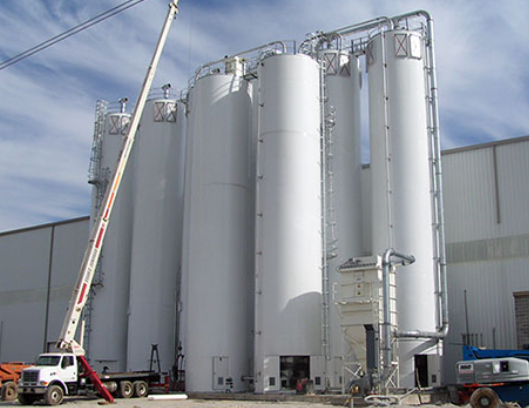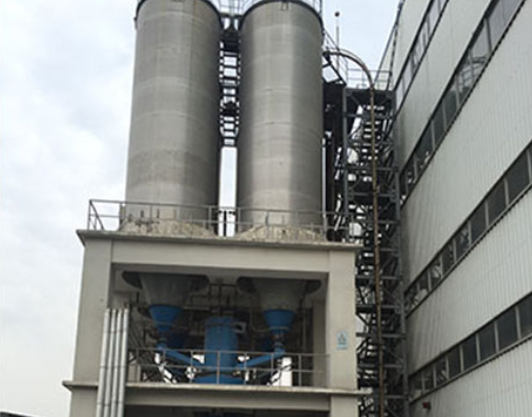Copyright © 2021 Zhangjiagang ChiYu Automation Equipment Co., Ltd. by iwonder.cn All rights reserved. Site Map
Pneumatic conveying refers to a type of system that uses compressed air or another gas to transfer bulk materials like powders and granules from one process area to another.
A pneumatic system works by moving the material through an enclosed conveying line using a combination of pressure differential and the flow of air (or another gas) from a blower or fan. By controlling the positive or negative pressure and the airflow inside the conveying line, the system can move materials very successfully with very little damage or loss.

Pneumatic conveyor manufacturers create a variety of pneumatic systems for a variety of transportation methods. In general, a pneumatic conveyor is designed to move lightweight material quickly from one place to another without hassle or a large amount of space. It is common to see these conveyor systems used with grains and other loose material as well as lighter manufactured items, like plastic bottles and containers. Most pneumatic conveyor manufacturers use a similar design for their machines, which help move the materials quickly without clogging or other problems.
A typical pneumatic conveyor system includes:
Feed vessel: A feed vessel is where the conveyor picks up the material to transport. The feed point can either use a pressure system or a vacuum system to pick up the material. A pressure system uses an air lock and rotary valve to maintain air pressure inside the conveyor to move the material along. A vacuum system simply uses the pressure of a vacuum to move the materials through the conveyor.
Air mover: The air is moved through the tube using either pressure or a vacuum. Pressure systems push the air through, while vacuum systems pull the air through the tubes. Both systems are effective at transferring materials through the conveyor.
Transfer line: This is the actual conveyor tubes that transfer the material from one place to another. Depending on the design, the transfer line could be a straight line, or have bends and elbows that guide the material down a longer conveyor path. Usually, elbowed systems require additional blowers to keep the material moving through the tubes.
Discharge vessel: This is the machine that takes the material after it has gone through the conveyor. This could be a mixing machine where the material gets added to a mixture to create a product, or a packaging department, or even another holding tank.

Zhangjiagang Chiyu Automation Equipment Co., Ltd focus on building bulk solid handling plant and supplying related machines and fabricated parts to plastic,chemical and petrochemical industry.
Our long suits are the best understanding of bulk material properties and the handling process. We are good at solving problems which exist in bulk solid conveying, storage, weighing, mixing and screening.
If you are looking for the supply of pneumatic conveying system, please do not hesitate to contact us.